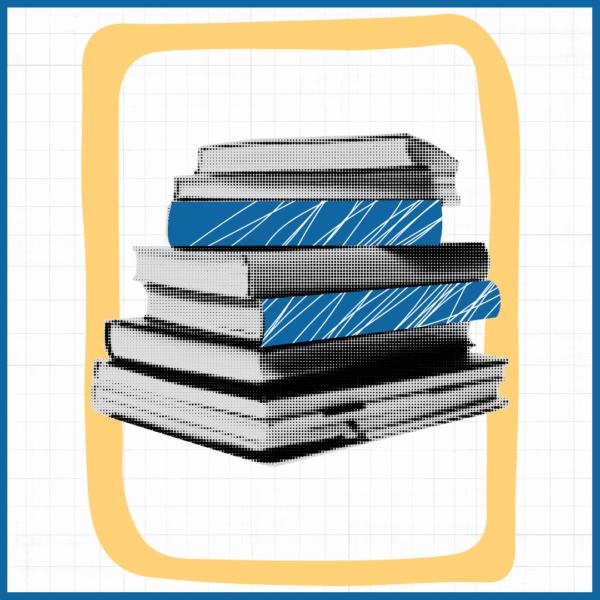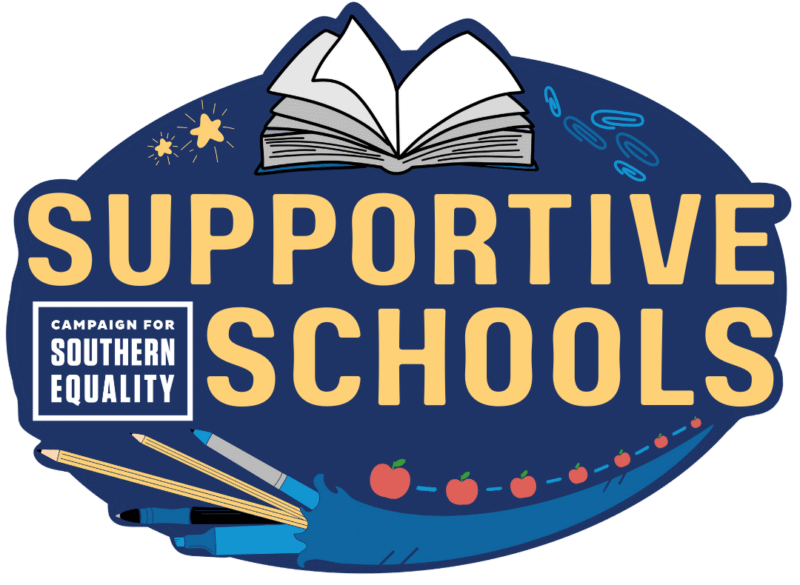
➡️ About
➡️ Take Action
➡️ How to Do A Mirrors And Windows Review
➡️ Know Your Rights Guide
➡️Resource Guide for Educators, Parents, and Students
Every child in the U.S. has a right to see themselves reflected in their school curriculum, and a right to learn about others who are different. The educational principle of “Mirrors and Windows” proposes that every student, no matter who they are, should see themselves reflected in the books they read at school, as in a mirror. This shows them they belong and are welcome at school. And every student, no matter who they are, should see people different from themselves in the curriculum. Having a window into the lives of other people helps prepare them to live in a diverse and multicultural democratic society.
However, a decade of censorship, book bans, attacks on diversity, equity and inclusion (DEI) initiatives, and ‘Don’t Say LGBTQ’ laws seek to remove these mirrors and windows from American classrooms. Students, teachers, and parents have a role to play in resisting these policies and ensuring that their classrooms are a welcoming place where students are free to learn about diverse people and ideas. The staff and volunteers of the Campaign for Southern Equality Supportive Schools team have compiled here a set of resources and support materials to assist people who are ready to create safe, affirming, and welcoming classrooms for every student.
About Mirrors and Windows

Every child in the US has a right to see themselves reflected in their school curriculum, and a right to learn about others who are different.
Every parent has a right to know their child is safe and supported at school.
Every teacher has a right to do their job without being harassed.
Years of censorship, book bans, attacks on diversity, equity and inclusion (DEI) initiatives, and ‘Don’t Say LGBTQ’ laws has had a profoundly chilling effect on America’s classrooms. Most of the impact comes not from the direct application of censorship laws and book bans –these are often blocked or overturned by the courts– but from overcompliance, based on fear. Vicious and highly publicized attacks on certain schools and teachers cause administrators to instruct their teachers to “voluntarily” remove books and topics that have the potential to be controversial, “just to be safe.” School classrooms are being shaped by purposeful bullying and intimidation.
Even so, students, caregivers, and educators who want a diverse and inclusive curriculum in their schools have the same legal rights as those pushing for censorship: the right to review the curriculum and reading materials; the right to request changes or additions; and the right to file complaints against a politically or religiously biased curriculum. We must exercise those rights in order to free our children and our classrooms from politically-driven book bans and censorship.
In doing so, we can’t treat teachers and schools like the individuals and organizations pushing for censorship do: threatening teachers, banning books, silencing voices they don’t like, as part of a larger attack on public schools in general. We are trying to save public schools, so we work with–not against– teachers and administrators, and we aren’t trying to silence anybody. Most teachers want to teach a class that reaches and inspires all of their students, of every identity; they just need support and protection from their school community.
For example, many modern educators are guided by a principle called ‘Mirrors and Windows’, first described in 1988 by educator Emily Styles and popularized by Professor Rudine Sims Bishop. Every student, no matter who they are, should see themselves reflected in the books they read at school, as in a mirror; this shows them that they belong and are welcome at school. And every student, no matter who they are, should see people different from themselves in the curriculum; having a window into the lives of other people helps prepare them to live in a diverse and multicultural democratic society.
Take Action
With more than half of the children in America’s classrooms being students of color, and nearly one out of four young people under 25 identifying as LGBTQIA+, these mirrors and windows are more important than ever. We need students, families, teachers, media specialists and administrators to speak out and take a stand for a curriculum that includes every student.
This could be as simple as a two sentence email from a student:
Dear Ms. McCarthy,
I noticed that all the books we read this semester feature only straight and cisgender characters, and that nearly all the main characters were white. I would like to meet with you to suggest some books that would round out the class more fully so it better reflects who we are as a school and a community.
Thank you, Lisa
Or it could be as thorough as the PTO organizing a team of parents, caregivers and students who work together to review every curriculum in a middle school, creating a spreadsheet to track diverse representations, and submitting a set of recommendations to the school as a whole. There are also questionnaires that educators or caregivers can use to assess a classroom library.

However you choose to take action, this four step process can serve as a helpful guide:
1. Planning.
Look at the mission, vision, and values of your school or district for their commitment to serve all students. This commitment becomes the guiding star for your review. Then, consider: who’s doing the review, what are you reviewing, and what will your review process look like? Are you looking at the classroom library (books that are available to students) or the curriculum (books that are taught to students) or both? Then, meet with the teacher to explain the review process and request the list of materials. Start by asking the teacher about their own assessment of diverse representations in their curriculum or library: Are there any gaps they would like help in filling? Have they been pressured to remove books or content? How much control are they given over their own library and curriculum? Be sure to ask the teacher how you might make the process as little a burden on them as possible.
2. Review
Once you have the materials you need, carry out the review process. In the curriculum or library as it is now, whose stories are told, and whose stories are silenced? When stories are missing, what books would you recommend? If working with a group like a PTO, this is the time for lots of conversations about what the right balance of mirrors and windows looks like for your community. Sure, those might not be easy conversations, but just hold fast to the principle of mirrors and windows. If everyone listens more than they talk, you’ll do fine.
3. Appreciations and Recommendations.
When the review is complete, share your assessment with the teacher or school. Be sure to recognize areas where they are doing well as well as areas where growth is needed. If you find areas for improvement, make specific recommendations for age-appropriate books and materials that the teacher might add.
4. Follow Up
Support the teacher, as needed, in following your recommendations. This might include actually providing some copies of the books (since few schools have much of a book budget any more). If the curriculum is set by the school, not the teacher, you might need to work with the administration. Support could also include advocacy with the principal or the school board so the teacher doesn’t get reprimanded for including more LGBTQ+ or Black and Brown stories and authors. In cases where a teacher is resolutely opposed to a more diverse curriculum, it may be necessary to meet with the principal or to file a complaint. But in most cases, a ‘mirrors and windows’ review will be a shield that helps protect teachers and administrators from book bans and censorship.
Mirrors and Windows can be a community healing opportunity.
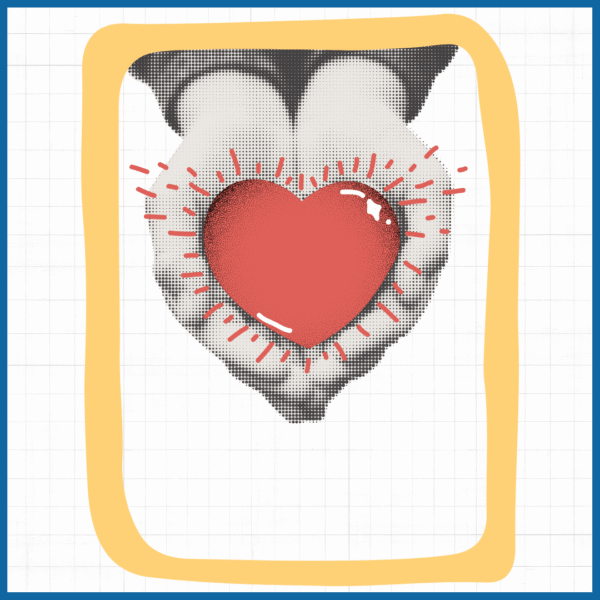
The divisions in America run deep, not just between political leaders but between neighbors and family members. In a single classroom, a Mirrors and Windows curriculum review can strengthen relationships between the teacher and parents; organized at the school level, it could become a healing opportunity for the entire school community.
This larger project might best be undertaken by a PTO, PTA, community center, or other non-partisan group with a track record of managing volunteers. Anyone who is committed to the principle of mirrors and windows in the curriculum can participate. At this level, the project becomes a conversation about “Who are we, as a community?” and “How do we prepare our children for the future?” Having this discussion in person, as a community, will undoubtedly be challenging, but it may also be a powerful healing opportunity for communities that have been fractured by disinformation, propaganda, and us-versus-them social media bubbles.
How To Do A Mirrors and Windows Review
A Mirrors and Windows review involves one or more students, parents, or educators reviewing a classroom library or curriculum, ensuring that the instructional materials are age-appropriate and that diverse stories are celebrated. The review can be as simple as a student emailing their teacher about what they like in the curriculum and what they think is missing, meeting with the teacher to offer recommendations for particular books to add, and then following up with the teacher a few weeks later. It can also be more involved, including a review of an entire classroom, grade level, school, or district. Check out our step by step guide for how to conduct a Mirrors and Windows review.
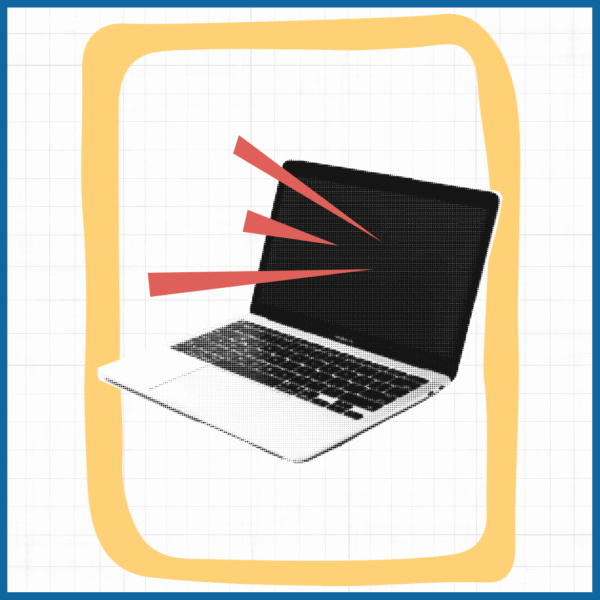
Know Your Rights Guide: Protecting Public School Classrooms from Political and Religious Bias
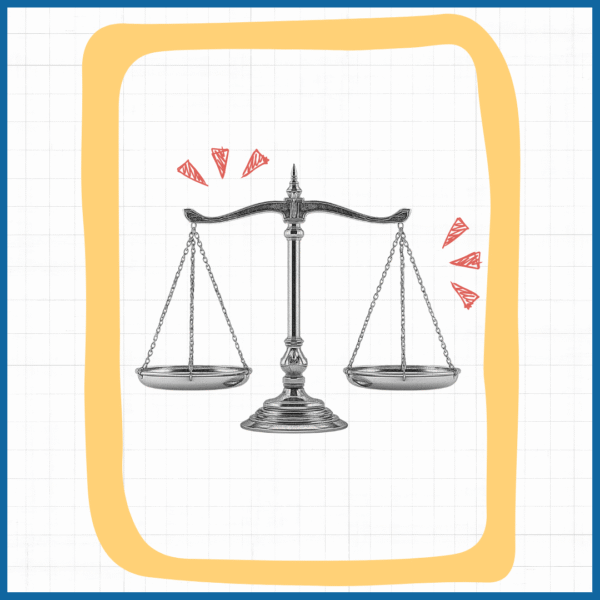
Protecting public schools from political and religious bias has been an issue for as long as the United States has had public education. Consequently, the US has a deep history of laws and court precedents protecting public schools from being used for the kind of political indoctrination that is common under authoritarian governments. Our Know Your Rights Guide outlines a few of the most important laws and court rulings to know for school communities that are striving to remain free from bias and serve all students and families.
Resource Guide for Educators, Parents, and Students
We have compiled a list of resources to assist you with your Mirrors and Windows project. These include databases of age-apporpriate, diverse books, free digital books, organizations that provide books to teachers and classrooms, resources to help teachers provide culturally responsive teaching in their classrooms, and organizations that oppose censorship and protect freedom of expression and freedom of information.
Please let us know if you have any additional resources to share.
